From Basic Needs to World, Changing Impact:
Everything You Need to Build — and Belong to — a Civilization
We built communities to ensure safety, developed cultures to create belonging, crafted systems to inspire self-esteem, and opened frontiers for innovation and self-expression.
Today, we stand at the edge of the highest peak — the collective self-actualization of humankind — where our next chapter will be written together, beyond borders and beyond time.
Learn section. Do not delete!
From your basic needs to your highest purpose — Civilization.live is where we unite together.
Create a Civilization Legacy of You!


More Than Survival — This is Your Civilization
Here, You’ll Find More than Just Information:
Tools & Ideas
You’ll find tools and ideas to secure your foundation — knowledge, resources, and a global network that protects and sustains you.
Communities & Skills
You’ll discover a community where you belong, where collaboration fuels progress and innovation. You’ll gain skills, recognition, and influence, empowering you to shape the future.
Highest Potential
And most of all, you’ll unlock the space to realize your highest potential — to create, to inspire, and to leave a legacy.
Civilization.live isn’t just about history.
It’s about your place (= home) in the next chapter of human evolution.
What Is Civilization?
[Video Script]
What Is Civilization? The Truth They Never Taught You in School
Have you ever stopped to ask: What really is civilization?
Is it just cities and skyscrapers? Is it just technology, government, and law?
Or…, is it something much deeper—something that shapes how we think, live, and believe?
Today, we’re diving into one of the most powerful but misunderstood forces in human history: Civilization.
And trust me, you’ll never see the world the same way again. Let’s get started!
Welcome to this mind-opening journey.
If you think civilization is just about ancient ruins or modern infrastructure, think again.
Because civilization isn’t just about what we build: It’s about what builds us.
So sit tight—this might just be the most important 10 minutes you’ll spend today.
Section #1. What is Civilization?
Let’s start with the basics.
The word civilization comes from the Latin civitas, meaning “city” or “citizenship”. But civilization is far more than cities.
It is the sum of everything a society creates to survive, thrive, and pass on its way of life.
It’s the software of society: our values, beliefs, systems, technologies, laws, art, architecture, and even the stories we tell our children.
Civilization is how humans organize themselves on a massive scale. From the deserts of Mesopotamia to the skyscrapers of Manhattan.
Section #2. The Core Ingredients of a Civilization.
So what makes a civilization…, a civilization?
Let’s break it down into 5 key ingredients:
First: Social Order.
A structure that governs how people interact. Think governments, kings, tribal elders, or digital platforms.
Second: Economic System.
Agriculture, trade, industries, and now… crypto? It’s how value moves.
Third: Culture.
Language, religion, art, music, education. The soul of civilization.
Fourth: Technology.
From the wheel to the microchip. Tools that extend human capacity.
Fifth: Narrative.
Every civilization tells a story: Who are we? Why are we here? Where are we going?
When all five click together…, boom!. A civilization is born.
Section #3. Ancient Civilizations: Patterns of Rise and Fall.
Let’s time-travel.
The Sumerians gave us writing.
The Egyptians built pyramids and mastered astronomy.
The Chinese, Indians, Greeks, Romans, Maya: each rose, each fell.
But here’s the hidden pattern:
Civilizations rise with unity, purpose, and innovation…,
… and fall through corruption, division, and forgetting their mission.
That’s the real story history doesn’t always tell you.
The greatest threat to a civilization…, is itself.
Section #4. Modern Civilization: Are We Truly Civilized?
Now let’s fast-forward to today.
We have space travel, quantum computing, AI, skyscrapers that kiss the sky.
But we also have war, environmental collapse, loneliness, and addiction to screens.
So the question is: Are we advancing as a civilization…, or just upgrading our tools?
Modern civilization is hyper…, connected, but deeply fragmented.
We speak more languages than ever…, but forget how to listen.
We have data…, but lack wisdom.
What if being “civilized” means more than being “modern”?
Section #5. The Battle of Civilizations: Clash or Convergence?
Some say we’re heading for a clash of civilizations.
West vs East. Tech vs Tradition. Globalism vs Nationalism.
But maybe, just maybe, we’re standing at the edge of a new kind of civilization:
A digital civilization.
One where cultures don’t just clash…, but merge, evolve, and elevate together.
What kind of civilization do we want to become?
This is not just a historian’s question: it’s a human one.
And it’s one you have the power to shape.
Section #6. So, What Is Civilization Really?
Civilization is not just buildings or borders.
It’s the collective character of a people.
It’s the story we write together.
It’s the bridge between survival and meaning.
If we want to build a better world, we must not just develop new tech.
We must design new values.
Because civilizations are not built by machines.
They’re built by minds, hearts, and vision.
Call to Action.
So the next time someone says “civilization”, don’t just think of ancient ruins or futuristic cities.
Think of you.
Because civilization doesn’t just shape you. You shape civilization.
If this message sparked something inside you, hit like, subscribe, and share this video with someone who believes in a better future.
Let’s build a civilization worth remembering.
[Video Script]
What Is Civilization? The Truth They Never Taught You in School
Have you ever stopped to ask: What really is civilization?
Is it just cities and skyscrapers? Is it just technology, government, and law?
Or…, is it something much deeper—something that shapes how we think, live, and believe?
Today, we’re diving into one of the most powerful but misunderstood forces in human history: Civilization.
And trust me, you’ll never see the world the same way again. Let’s get started!
Welcome to this mind-opening journey.
If you think civilization is just about ancient ruins or modern infrastructure, think again.
Because civilization isn’t just about what we build: It’s about what builds us.
So sit tight—this might just be the most important 10 minutes you’ll spend today.
Section #1. What is Civilization?
Let’s start with the basics.
The word civilization comes from the Latin civitas, meaning “city” or “citizenship”. But civilization is far more than cities.
It is the sum of everything a society creates to survive, thrive, and pass on its way of life.
It’s the software of society: our values, beliefs, systems, technologies, laws, art, architecture, and even the stories we tell our children.
Civilization is how humans organize themselves on a massive scale. From the deserts of Mesopotamia to the skyscrapers of Manhattan.
Section #2. The Core Ingredients of a Civilization.
So what makes a civilization…, a civilization?
Let’s break it down into 5 key ingredients:
First: Social Order.
A structure that governs how people interact. Think governments, kings, tribal elders, or digital platforms.
Second: Economic System.
Agriculture, trade, industries, and now… crypto? It’s how value moves.
Third: Culture.
Language, religion, art, music, education. The soul of civilization.
Fourth: Technology.
From the wheel to the microchip. Tools that extend human capacity.
Fifth: Narrative.
Every civilization tells a story: Who are we? Why are we here? Where are we going?
When all five click together…, boom!. A civilization is born.
Section #3. Ancient Civilizations: Patterns of Rise and Fall.
Let’s time-travel.
The Sumerians gave us writing.
The Egyptians built pyramids and mastered astronomy.
The Chinese, Indians, Greeks, Romans, Maya: each rose, each fell.
But here’s the hidden pattern:
Civilizations rise with unity, purpose, and innovation…,
… and fall through corruption, division, and forgetting their mission.
That’s the real story history doesn’t always tell you.
The greatest threat to a civilization…, is itself.
Section #4. Modern Civilization: Are We Truly Civilized?
Now let’s fast-forward to today.
We have space travel, quantum computing, AI, skyscrapers that kiss the sky.
But we also have war, environmental collapse, loneliness, and addiction to screens.
So the question is: Are we advancing as a civilization…, or just upgrading our tools?
Modern civilization is hyper…, connected, but deeply fragmented.
We speak more languages than ever…, but forget how to listen.
We have data…, but lack wisdom.
What if being “civilized” means more than being “modern”?
Section #5. The Battle of Civilizations: Clash or Convergence?
Some say we’re heading for a clash of civilizations.
West vs East. Tech vs Tradition. Globalism vs Nationalism.
But maybe, just maybe, we’re standing at the edge of a new kind of civilization:
A digital civilization.
One where cultures don’t just clash…, but merge, evolve, and elevate together.
What kind of civilization do we want to become?
This is not just a historian’s question: it’s a human one.
And it’s one you have the power to shape.
Section #6. So, What Is Civilization Really?
Civilization is not just buildings or borders.
It’s the collective character of a people.
It’s the story we write together.
It’s the bridge between survival and meaning.
If we want to build a better world, we must not just develop new tech.
We must design new values.
Because civilizations are not built by machines.
They’re built by minds, hearts, and vision.
Call to Action.
So the next time someone says “civilization”, don’t just think of ancient ruins or futuristic cities.
Think of you.
Because civilization doesn’t just shape you. You shape civilization.
If this message sparked something inside you, hit like, subscribe, and share this video with someone who believes in a better future.
Let’s build a civilization worth remembering.
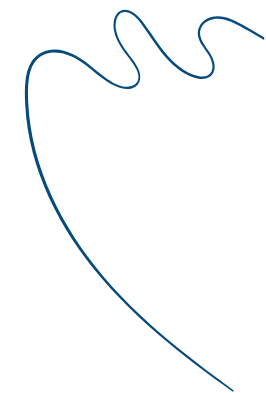

All-Time Timeline of Civilization in Brief
Divided into three categories: The Foundation Era, The Age of Empires and Awakening, and The Age of Acceleration.
I. The Foundation Era of Civilization
With a Character
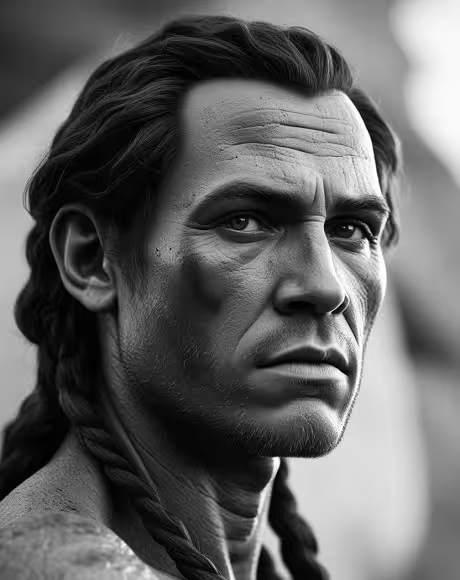
1. Stone Age
~3.3 million BCE - ~3,000 BCE
1. Stone Age
~3.3 million BCE - ~3,000 BCE
The Stone Age marked humanity’s first tools, survival skills, and communities, shaping early culture and technological foundations.
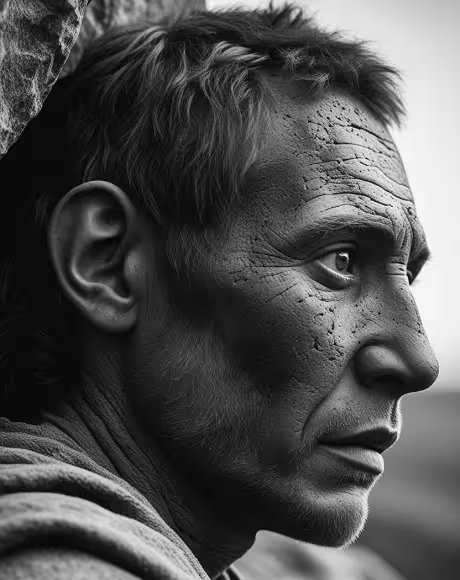
2. Bronze Age
~3,000 BCE - ~1,200 BCE
2. Bronze Age
~3,000 BCE - ~1,200 BCE
The Bronze Age introduced metalworking, urban growth, trade networks, and early writing, advancing civilization’s complexity and cultural achievements.

3. Iron Age
~1,200 BCE - ~500 BCE
3. Iron Age
~1,200 BCE - ~500 BCE
The Iron Age brought stronger tools, widespread agriculture, powerful empires, and technological innovations that transformed ancient civilizations. Tanya ChatGPT
I. The Foundation Era of Civilization
Ancient Technological Ages (Prehistoric to Protohistoric Era)
1. Stone Age
Key Characteristics: (1) Use of basic stone tools and weapons; (2) Nomadic hunter-gatherer societies; (3) Discovery and control of fire; (4) Development of basic spoken language; (5) Early cave art and symbolic expression.
Why It Mattered:
The Stone Age laid the foundation for human survival skills, social organization, and innovation, paving the way for agriculture and permanent settlements in the next era.
2. Bronze Age
Key Characteristics: (1) Invention of bronze tools and weapons (copper + tin alloy); (2) Rise of the first cities and states; (3) Early writing systems (e.g., cuneiform, hieroglyphics); (4) Organized religion and monumental architecture; (5) Expansion of trade networks.
Why It Mattered:
The Bronze Age enabled urbanization, record-keeping, and political structures, setting the stage for complex governance and cultural exchange.
3. Iron Age
Key Characteristics: (1) Widespread use of iron tools and weapons, (2) More efficient agriculture and military power, (3) Formation of empires and codified laws, (4) Spread of major philosophical and religious ideas, (5) Advances in architecture and infrastructure.
Why It Mattered:
The Iron Age accelerated technological and military dominance, allowing civilizations to expand, consolidate power, and influence large regions.
II. The Age of Empires and Awakening
With a Character
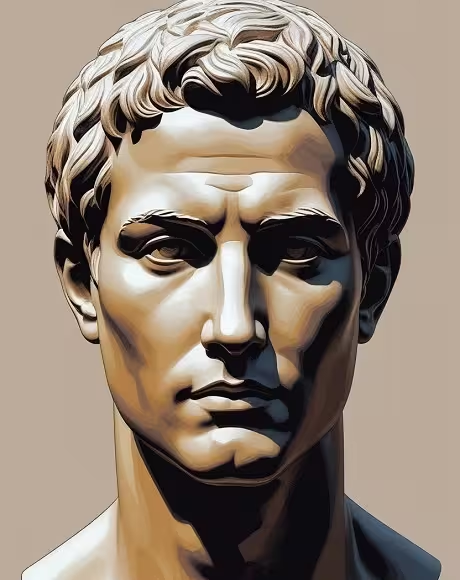
4. Classical Era (Greco-Roman Era)
~500 BCE – ~500 CE
4. Classical Era (Greco-Roman Era)
~500 BCE – ~500 CE
The Classical Era saw flourishing empires, philosophy, arts, science, and governance shaping enduring foundations of human civilization.
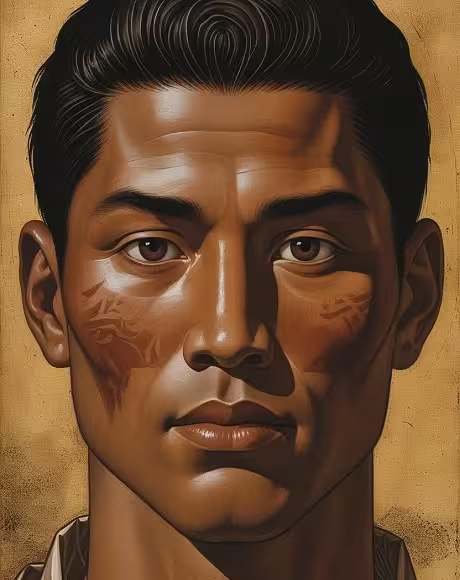
5. Medieval Era (Middle Age)
~500 CE – ~1500 CE
5. Medieval Era (Middle Age)
~500 CE – ~1500 CE
The Medieval Era (or Middle Age) featured feudal systems, religious influence, cultural preservation, and gradual innovations shaping Europe, Asia, and beyond.
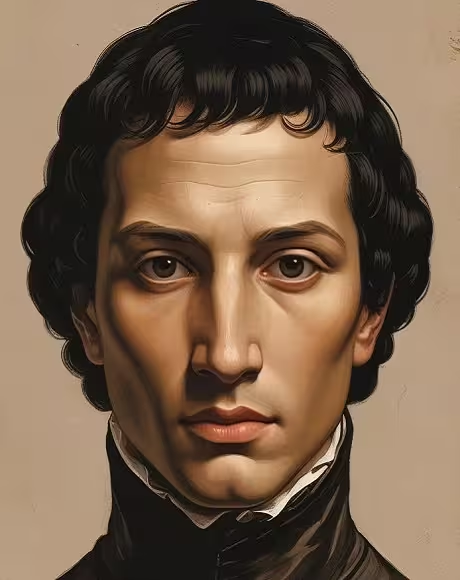
6. Renaissance & Enlightenment
~1500 CE – ~1800 CE
6. Renaissance & Enlightenment
~1500 CE – ~1800 CE
The Renaissance was a rebirth of art and humanism; the Enlightenment championed reason, science, and rights.
II. The Age of Empires and Awakening
Classical, Medieval, Renaissance & Enlightenment
4. Classical Era (Greco-Roman Era)
Key Characteristics: (1) Flourishing of Greek and Roman civilizations; (2) Birth of democracy, philosophy, and scientific inquiry; (3) Large-scale infrastructure: roads, aqueducts, amphitheaters; (4) Codification of laws and civic systems; (5) Growth of literature, art, and theater.
Why It Mattered:
The Classical Era defined political, legal, and cultural frameworks that continue to shape modern societies.
5. Medieval Era (Middle Ages)
Key Characteristics: (1) Feudal systems and monarchies; (2) Spread and dominance of major religions (Christianity, Islam, Buddhism); (3) Castles, fortifications, and chivalric orders (4) Agricultural innovations (three-field system, heavy plow); (5) Limited but crucial trade routes (Silk Road, maritime trade).
Why It Mattered:
The Medieval Era preserved and transformed ancient knowledge, while religious and feudal structures shaped the sociopolitical order of the future.
6. Renaissance & Enlightenment
Key Characteristics: (1) Revival of classical knowledge, art, and science; (2) Invention of the printing press and spread of literacy; (3) Age of exploration and colonial expansion; (4) Scientific revolution and rational philosophy; (5) Humanism and emphasis on individual rights.
Why It Mattered:
This era ignited intellectual and cultural revolutions that questioned authority and laid the foundation for modern democracy, science, and human rights.
III. Industrial & Digital Transformation
With a Character

7. Industrial Revolution/Age
~1800 CE – ~1950 CE
7. Industrial Revolution
~1800 CE – ~1950 CE
A major shift from agrarian and handicraft economies to industrial, machine-based manufacturing, fundamentally changing society.

8. Digital & Information Age
~1950 CE – Present
8. Digital & Information Age
~1950 CE – Present
A global society defined by computer technology and the internet, enabling instant access to information worldwide.
III. Industrial & Digital Transformation
Industrial Revolution, Digital & Information Age
7. Industrial Revolution
Key Characteristics: (1) Mechanization and mass production; (2) Steam engines, railways, and modern factories; (3) Urban migration and population booms; (4) Rise of capitalism and modern labor systems; (5) Advances in medicine, sanitation, and public health.
Why It Mattered:
The Industrial Revolution transformed economies, societies, and the environment, accelerating global interconnectedness and technological dependence.
8. Digital & Information Age
Key Characteristics: (1) Computers, the internet, and instant communication; (2) Automation and digital workforces; (3) Global knowledge sharing and open-source culture; (4) E-commerce, social media, and online communities; (5) Rise of data-driven decision-making.
Why It Mattered:
The Medieval Era preserved and transformed ancient knowledge, while religious and feudal structures shaped the sociopolitical order of the future.
IV. The Next Evolution Era
With a Character
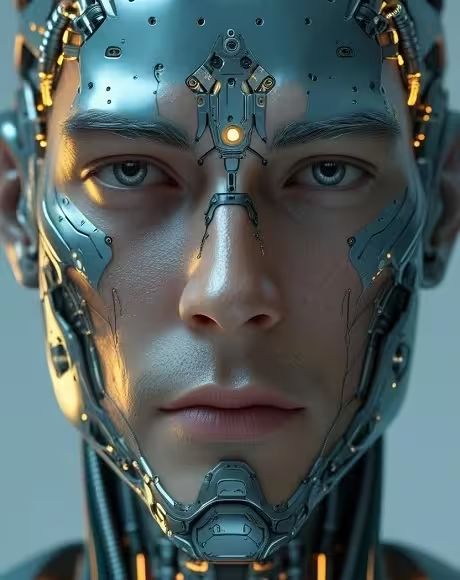
9. AI & Transhumanism Era
~2020 CE – ~2050 CE (projected)
9. AI & Transhumanism Era
~2020 CE – ~2050 CE (projected)
The era of merging human biology with artificial intelligence to transcend our limitations and evolve our species.
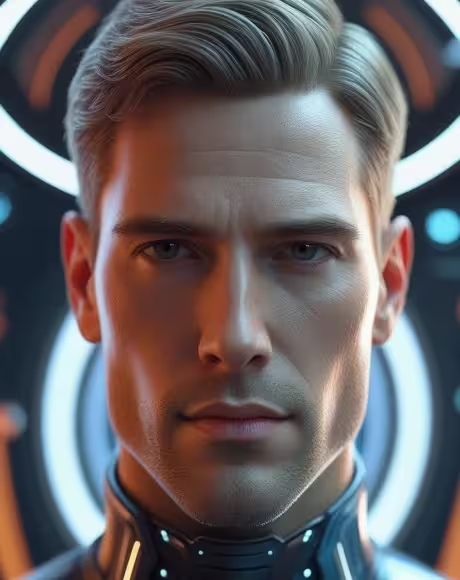
10. Space Age & Post-Human Era
~1957 CE – Far Future (speculative for Post-Human)
10. Space Age & Post-Human Era
~1957 CE – Far Future (speculative for Post-Human)
The era of human expansion across the cosmos, evolving past biology and becoming a new, post-human species.
IV. The Next Evolution Era
AI & Transhumanism Era and Space Age & Post-Human Age
9. AI & Transhumanism Era
Key Characteristics: (1) Artificial intelligence surpassing human cognitive abilities; (2) Human augmentation (biotech, cybernetics); (3) Brain-computer interfaces and mind uploading; (4) Ethical debates on AI rights and human identity; (5) Potential eradication of disease and aging.
Why It Mattered:
This era could redefine what it means to be human, blurring boundaries between biological and synthetic life, and opening paths to post-human civilizations.
10. Space Age & Post-Human Era
Key Characteristics: (1) Human presence beyond Earth (Moon, Mars, space stations); (2) Advanced propulsion and interstellar exploration; (3) Space-based economies and asteroid mining; (4) Possible contact with extraterrestrial intelligence; (5) Post-human evolution into multi-planetary species.
Why It Mattered:
Mastering space and transcending human limitations will determine the long-term survival and expansion of civilization beyond planetary boundaries.
Book of Civilization:
📘 “The Book that Connects All Eras” – Coming soon.
Sign up to get early access.


Digital & Information Civilization
The World is Changing Fast!
But change without direction leads to chaos. We’re here to build that direction—together. Join a growing community of purpose-driven individuals committed to building ethical, meaningful, and impactful digital systems. This is your first real step to becoming a Digital Civilization Builder.

